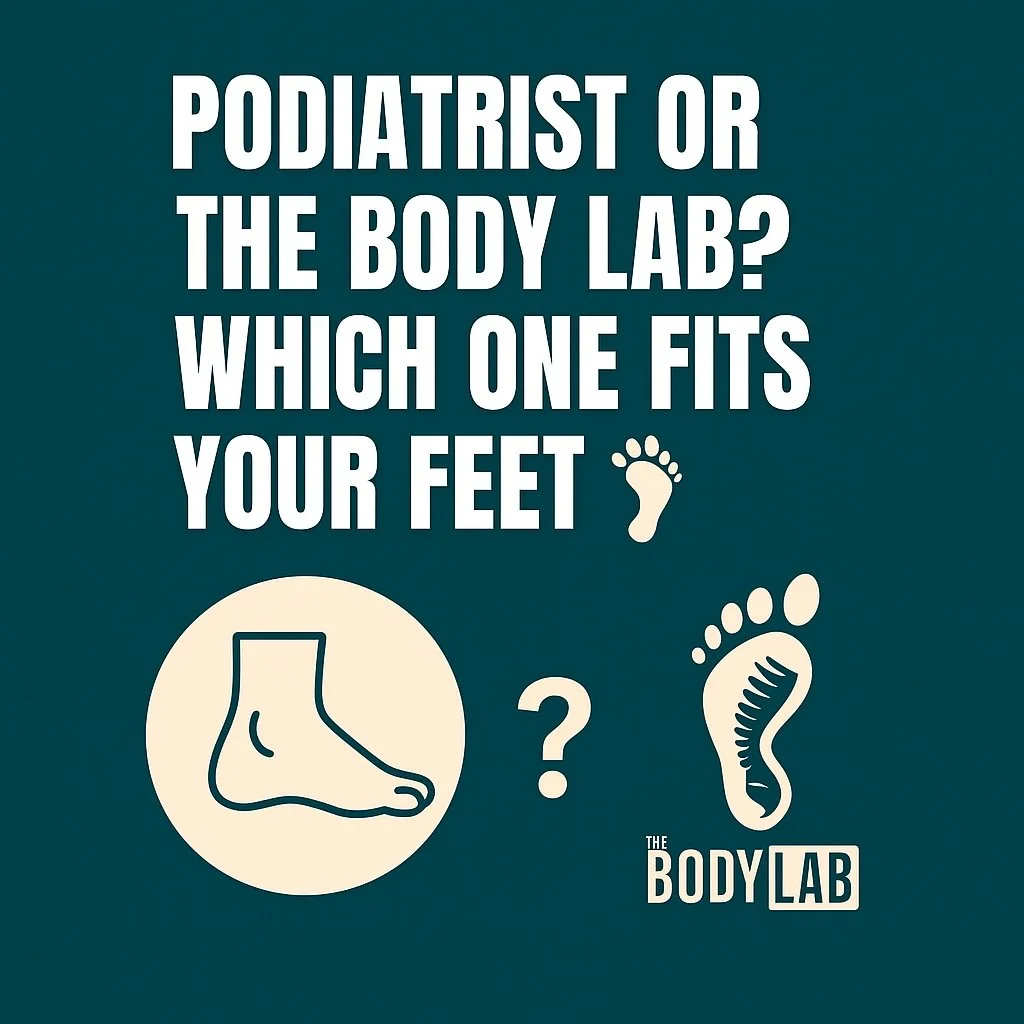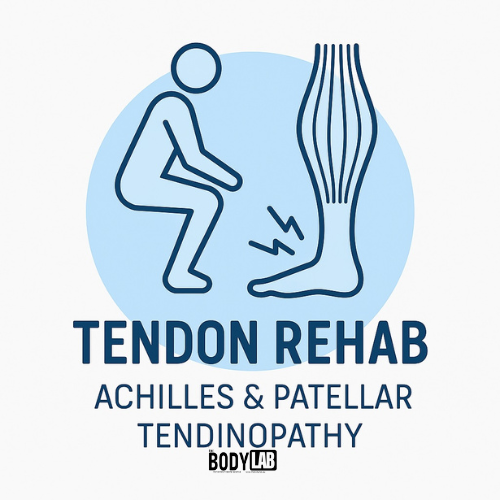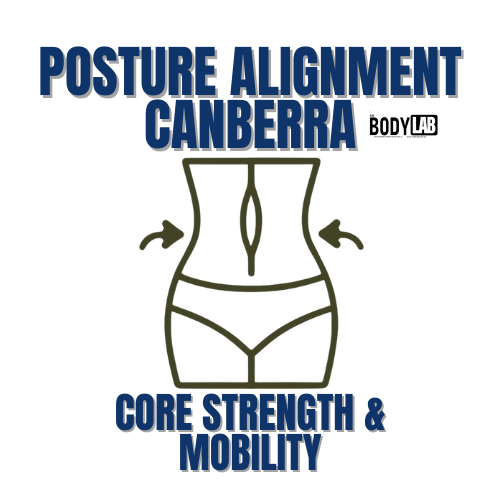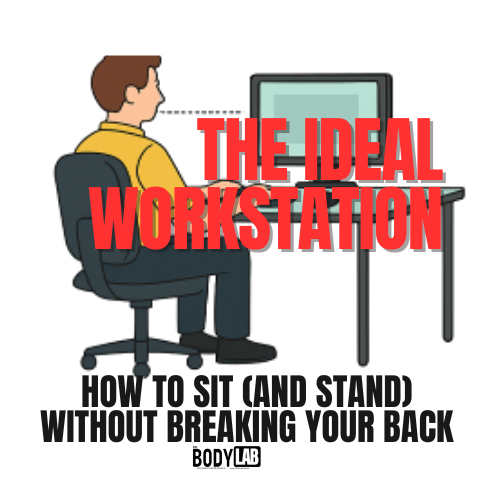Evaluation of Perturbations: A Comprehensive Approach to Assessing Balance and Movement Patterns
Movement Therapy @ The Body Lab
In the realm of physical assessment, the evaluation of perturbations is a powerful tool that provides deep insight into how the body moves, balances, and compensates in everyday activities. This method of assessing how the body responds to gentle forces in different directions is essential for understanding areas of dysfunction, uncovering compensatory patterns, and identifying opportunities to improve overall movement efficiency. At The Body Lab, our approach to this evaluation combines cutting-edge biomechanical science with practical, personalized solutions for better movement, balance, and pain relief.
What truly sets The Body Lab apart from traditional therapists is our focus on movement and how walking gait can improve your health with each step you take. We believe that the better you walk, the better you feel, and this philosophy drives everything we do—including our unique approach to perturbation testing. As we assess how your body responds to various forces, we are not just evaluating isolated imbalances but helping you discover how to walk and move more efficiently. Each step becomes a source of relief, enhancing your body’s ability to heal and function optimally.
The Importance of Perturbation Testing
At the heart of perturbation testing is the analysis of how the body reacts to external forces across multiple planes of movement. These gentle forces simulate real-world conditions and challenge the body’s natural balance and stability mechanisms. By applying controlled forces from front to back, back to front, laterally, and rotationally, we can assess how the body adapts, compensates, and functions under stress.
The Body Lab’s evaluation of perturbations is different because we don’t just treat symptoms—we look at the body’s overall movement patterns and use this information to improve your health from the ground up. For example, we focus on how your feet respond to perturbations, as they are key to balance, stability, and the foundation for walking. When you lean forward or backward, your toes, calves, and core muscles activate in specific ways. These responses help us pinpoint weaknesses, restrictions, or compensatory behaviors that could lead to pain or injury if left unaddressed.
How Perturbation Evaluation Enhances Your Walking Gait
One of the key insights gained from perturbation testing is how these movement patterns translate to walking gait, one of the most fundamental and repetitive movements our bodies perform. Studies have shown that small inefficiencies in gait can lead to larger issues over time, from joint strain to chronic pain. At The Body Lab, we aim to optimize your walking gait by addressing these inefficiencies.
• Forward Perturbations: When your body leans forward, the compensatory actions in your toes and calves can signal underlying muscle tightness or improper core activation. This can impact the efficiency of your walking, leading to strain in the lower back or legs.
• Backward Perturbations: A backward lean can reveal difficulties in activating posterior muscles, like the calves or back muscles, which are crucial for balance during walking. Issues here often translate to poor posture and increased wear on the spine.
• Lateral and Rotational Perturbations: Side-to-side shifts during perturbation testing help us identify weaknesses in the obliques and hip abductors, muscles that are critical for maintaining lateral stability as you walk. Addressing these imbalances helps prevent hip, knee, and ankle injuries.
By examining your body’s response to these forces, we can tailor interventions that improve your walking gait, reducing strain, enhancing movement efficiency, and leading to lasting relief with every step. Each step you take after our evaluation becomes part of the healing process, rather than contributing to further wear and tear on your body.
Addressing Compensations and Imbalances
At The Body Lab, we believe that understanding the full scope of your movement patterns is key to unlocking your body’s potential. Our evaluation of perturbations allows us to break down complex movements into their essential parts, providing us with a roadmap for improvement. This begins with addressing front-to-back and back-to-front perturbations, working on activating the right muscles and improving neuromuscular control. From there, we move to lateral and rotational movements, helping you reintegrate these improved components into your natural walking gait and broader movement patterns.
This systematic approach not only rebalances the nervous system but also enhances motor coordination, allowing your body to move more efficiently in every situation—from everyday walking to more strenuous physical activities. The more balanced your body becomes, the better you will move, and the less likely you are to experience injury or pain. Walking becomes a powerful tool for recovery, and with every step, you move closer to optimal health.
The Body Lab’s Comprehensive Movement Programs
At The Body Lab, our programs are built on functional biomechanics, perturbation testing, and a deep understanding of how movement impacts health. We offer a range of services that go beyond traditional therapy to provide long-term solutions for improving movement and reducing pain:
• Detailed Movement Assessments: Including perturbation testing and gait analysis to pinpoint inefficiencies.
• Tailored Exercise Programs: Designed to address the specific imbalances found during evaluation, helping you move better and feel stronger.
• Post-Care and Support: We provide ongoing support through follow-up consultations and post-session Zoom calls to ensure you continue progressing after your initial sessions.
Optimising Movement for a Healthier Life
The evaluation of perturbations at The Body Lab is a comprehensive, science-based approach to improving balance and movement patterns. By understanding how your body compensates and adapting your movement strategies, we help you not only relieve pain but also improve your walking gait, making every step part of your recovery process. The better you walk, the better you get, and at The Body Lab, each step you take brings you closer to pain relief and optimal health.
If you’re ready to take control of your movement and experience the benefits of a scientific approach to walking and balance, visit us to learn more about our personalised movement therapy programs.
References:
Hof, A. L., Gazendam, M. G., & Sinke, W. E. (2005). The condition for dynamic stability. Journal of Biomechanics,2005 Jan;38(1):1-8.
doi: 10.1016/j.jbiomech.2004.03.025.
Perry, J. (1992). Gait Analysis: Normal and Pathological Function. Slack.
Sahrmann, S. (2002). Diagnosis and treatment of movement impairment syndromes. Elsevier Health Sciences.
Shumway-Cook, A., & Woollacott, M. (2017). Motor Control: Translating Research into Clinical Practice. Wolters Kluwer.





















